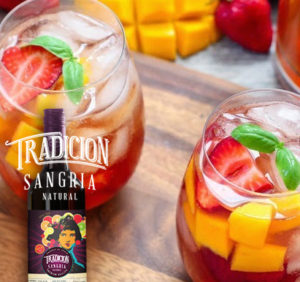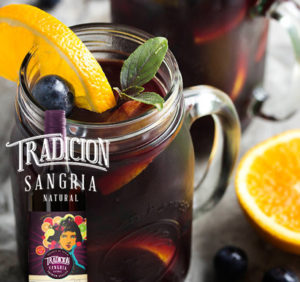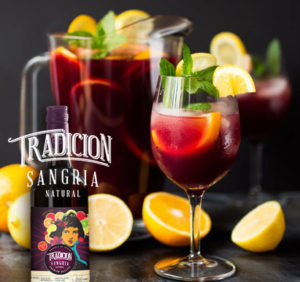News – S a n g r í a T r a d i c i ó n . c o m
To nothing
We will hear about the vintage of a wine or a certain region as something mythical at times. Why? Because the vintage indicates that the climatic conditions that occurred in the year that preceded a certain harvest were deficient, regular, good, very good or excellent. Additionally it can also refer to the existence or not of pests. That is, it indicates on what natural base the wine of a certain region is made. If the vintage was deficient, the wine will start in bad conditions, but if it was excellent it has all the potential to give a great product.
In principle, although it varies according to the type of wine and the different denominations of origin, the ideal, although very generic, are the temperate Mediterranean climates -and some Atlantic continental ones- that imply mild temperatures in winter and spring, nocturnal humidity but dryness day and many hours of sun, especially in summer. Also moderate or scarce rains and, of course, absence of frost, blizzards, hail or excessively strong or dry winds. If these circumstances occur, the vintage will be considered excellent.
Crianzas, reservas, grandes reservas
The aging refers to the type of treatment that the newly fermented broth will receive. For example, if it is a young wine, it will pass directly from the fermentation tank to the bottle, where it will be vacuum packed and distributed commercially. Young wines have a shelf life of one to two years, although it depends a lot on the conditions in which they are stored.
Another possibility is that the wine will be stored in French or American oak barrels for three to six months and then bottled in the bottle for at least a year and a half before it goes on sale. In this case we will be talking about a wine of aging. If the ripening process is three years, of which 18 months are in barrel, we will talk about a reserve wine.
If the maturation of the reserve is extended to five years before going on sale, we will face a large reserve. During this process the wines undergo a series of chemical reactions that protect them and make them more resistant to degeneration. They also give them more complex, dark and structured flavors and smells, which good fans appreciate a lot: wood flavor, leather, tobacco, dried leaves, etc. The type of aging of a wine, that is to say what it will be destined for, is decided by the oenologist or oenologist in charge of the winery.
Tannin
When someone talks about tannins, they can refer to two different things. If he talks about a young wine he is referring to a certain roughness and bitterness that comes from pressing, where the must juice is kept next to the skin of the grape for a while. The skin thus yields the tannins to the juice, which can be done by accident or intentionally, to later give personality to the wine. Excessive tannin is counterproductive, but failing to produce wines that are too light. Generally white wines barely carry tannins. On the other hand, in a matured wine, which has gone through the barrel, the tannin comes from the wood of the barrel, it is more subtle and gives the ripe touch to the broth.
Bouquet
The bouquet refers to the final aroma left by the wine on the palate, the mixture of flavors, sensations and smells that come to the taste buds and olfactory. The bouquet does not occur in all wines and is different from the primary and floral aromas that tell us about the varieties used in the making. It also differs from the secondary, which come from the fermentation of the wine in the tank. The bouquet is something that the wine gets between the barrel and the maturation in bottle, and consists of a mixture of wood flavor, a certain unctuousness (due to certain fatty elements that the wine takes from the wall of the barrel), a touch of vanilla and other odors and flavors obtained from the phase in which the wine is closed in the bottle.





Comments are closed.